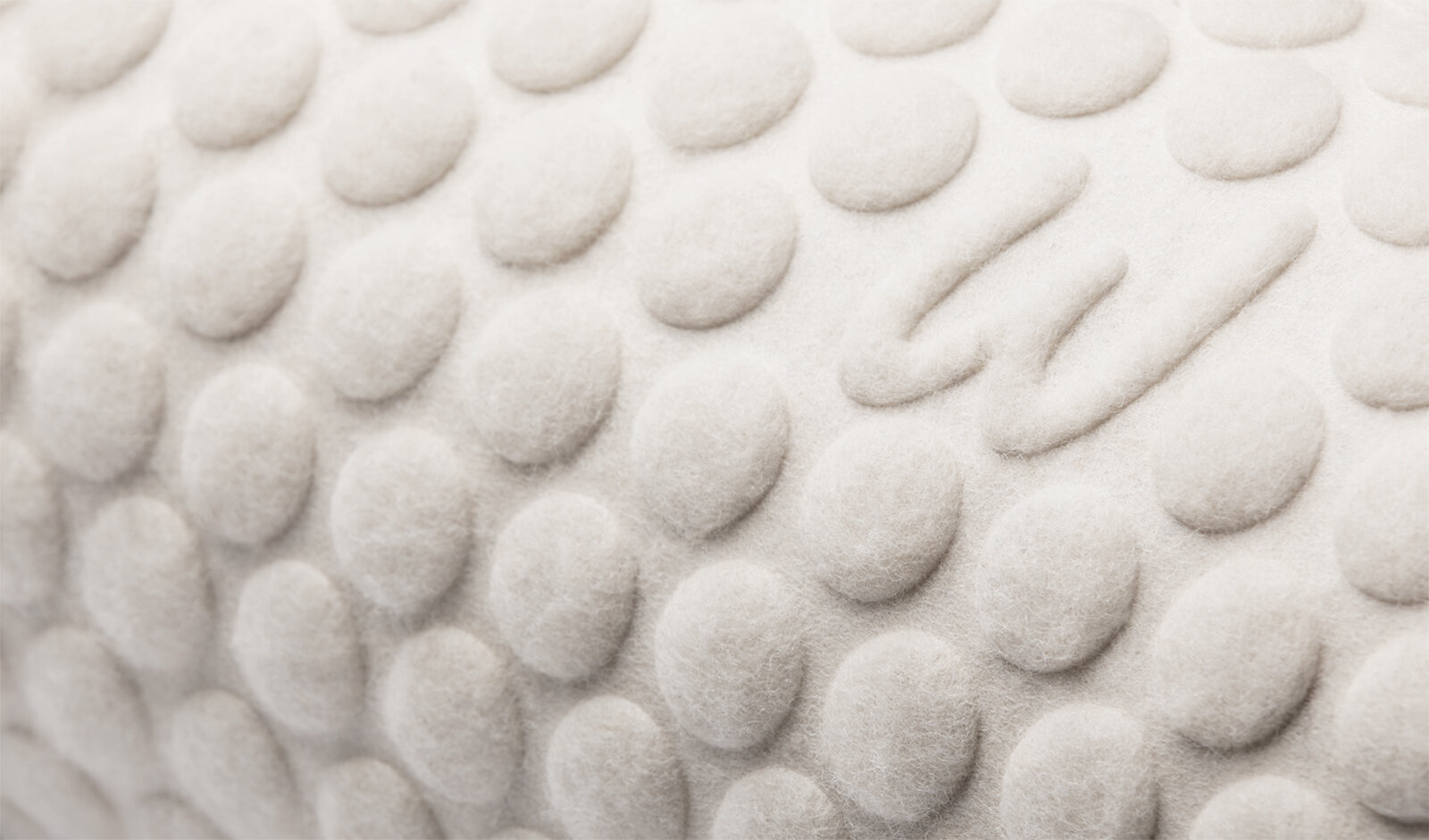What are the benefits of wool and how Woola valorizes waste wool
Sheep wool is an naturally high-tech material. Despite this, an unbelievably large amount of wool gets burned or buried every year. In small Estonia alone, around 153 tonnes of sheep's wool are burned or buried yearly. Woola aims to give such waste wool a new life.
Sheep need to be sheared once a year for their welfare. However, much of this wool is not turned into yarn or a national sweater but remains unused and burdens farmers.
Wool, a natural and renewable resource, is simply wasted. We decided to turn this sad fact into an opportunity with Woola. Wool is an ideal substitute for the petrochemical-based mulch that is still used in huge quantities in the e-commerce sector because of the lack of a better alternative.
Natural high-tech material
Wool is designed to protect sheep in different environmental conditions. Its extremely complex structure and chemical composition combine to make it a naturally high-tech fibre: it is elastic, moisture-absorbent, water-repellent, thermally insulating, fire-resistant, and compostable.
Elasticity
Wool's elasticity is hard to rival that of any plant or animal fibre. It is an extremely elastic material—it can be twisted, broken, and stretched and still regain its original shape. Wool is, therefore, well suited for impact resistance—it protects against shocks and crushing.
Water repellency
Wool absorbs up to 37% moisture by weight without releasing it to the outside environment. As moisture is absorbed, heat is released, and therefore, the wool material does not feel cold when wet. At the same time, wool is also water-repellent for a limited period of time.
Fireproof
Wool's ignition temperature is around 600 degrees Celsius, compared to 250 degrees Celsius for cotton. In addition, wool's combustion does not give off any dangerous toxic gases, and the combustion residue is ash, which cools quickly.
Temperature insulating
Wool is an effective insulator of temperature. Air is known to be the best insulator of heat, and wool fibres and wool contain air on several levels: the wool fibres themselves contain air, and there is air between them. Wool, therefore, offers multi-level thermal protection.
Compostability
Sheep wool is biodegradable and compostable. The degradation time of wool depends on the conditions, at the right humidity and temperature it takes 3-4 months (Hodgson A., Collie S. December 2014. Biodegradability of Wool: Soil Burial Biodegradation.).
Unlike plastics, wool also degrades in landfills. It simply takes longer to degrade under these conditions.
Find out more about the durability of our packaging in this article: Testing Woola’s sustainable durable packaging
Postal packaging needs urgent change
It is now clear that waste wool is a wonderful material. And we need to find a use for it. But why postal packaging? Why not computer bags, pins or notepad covers? The reason is simple - notepad covers will not save the world.
Ecommerce is here to stay
In 2019, 103 billion postal packages were sent globally, a figure that is expected to double in five years. In September 2020 alone, 856 000 parcels went through parcel machines in Estonia. The number of parcels sent has soared in 2020, as the roll-out of COVID-19 drove even more consumers from department stores to online shops. In June and July 2020, Estonians ordered 700,000 more parcels (+85%) than a year earlier.
Estonian consumers' most ordered items are clothing and cosmetics. Perfumes, decorative cosmetics, and accessories are fragile items that need to be shipped in a softened package. Today, e-shops use plastic-based bubble wrap and bubble envelopes for this purpose.
So, what's wrong with bubble wrap?
Bubble wrap is made of low-density polyethylene. It is the most widely used plastic in the world. Even though polyethylene is based on petroleum, its production process is very optimal. It is produced in such large quantities that the process is honed down to the smallest detail to be economical.
The problem arises when the bubble film is discarded. Polyethylene takes 500 to 1000 years to degrade. As bubble film production is a very cheap and simple process, most of it never finds its way back into the recycling chain. The bubble film, therefore, ends up in landfills and remains there for centuries. The accumulated waste can create highly toxic leachate, which can have catastrophic consequences when it reaches groundwater.
However, a landfill is not the only possible end point for bubbles. Around a tenth of the plastic produced yearly ends up in the sea. Once in the wild, polyethylene is extremely dangerous to living organisms - more than 1 million seabirds die yearly from ingesting plastic that reaches the sea.
One industry's waste becomes another industry's solution to the waste problem
Who would have thought that sheep's wool would be the most logical solution to the problem of bubble wrap waste? At first, this discovery also seemed incredible. But after looking at the facts and the experiments, it became obvious.
The production of postal packaging from wool is a discovery of its own. As it is a new field, there are no best practices in this landscape. We still have a long way to go to improve the production process.
We plan to optimise raw material collection, the wool laundering process, production, and logistics. These processes will require research and product development, which we are actively pursuing.
Follow us on social media (LinkedIn, Instagram) or subscribe to our newsletter to keep up to date with what we're doing and what's new. ☝️





